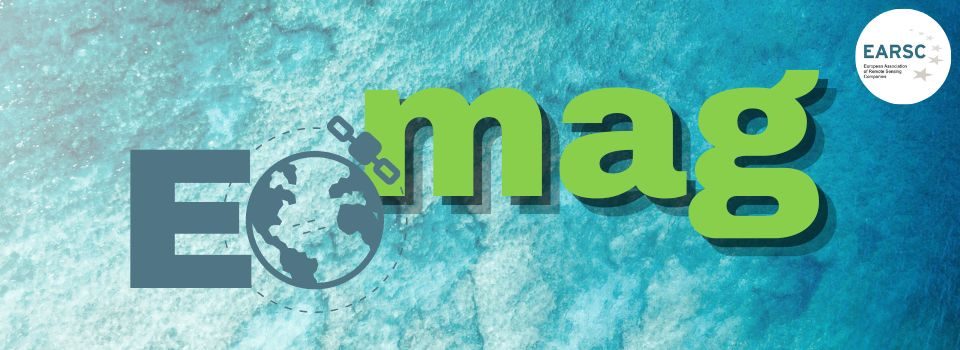As they are equally spaced on a single orbit, daily image of any point on the Earth can be collected. This constellation is also particularly suited for rapid large area collection. RapidEye provides images with a spatial resolution of 5 m in five spectral bands. It was the first commercial satellite to offer a red-edge band. This band is really useful for measuring variances in vegetation and monitoring vegetation growth and health.
- Launch date : 29th August 2008
- Orbit : 97,8°, sun-synchronous
- Orbital altitude : 630 km
- Viewing angle : Max +/- 25° off-nadir
- Equator crossing time : 11.00 am solar time
- Revisit time : dayly (off nadir / 5,5 days (at nadir)
- Swath width : 77 km at nadir
- Resolution : 6,5 m (5 m after resampling)
- Radiometric resolution : 12 bits per pixel
- Geolocational accuracy (without GCP) : 12,7 m CE90%
- Spectral range :
0,440 – 0,510 µm (blue)
0,520 – 0,590 µm (green)
0,630 – 0,685 µm (red)
0,690 – 0,730 µm (red edge)
0,760 – 0,850 µm (near infrared)- Product types : Basic and Ortho products, stereo are available
- Price : pricing per km²
- Area of interest: Irregular polygon, minimum width 10 km², no donut shapes
- Minimum order size :
500 km² for archive imagery
3500 km² for new acquistions- Standard acquisition window new imagery: 45 days
- Tasking : Possible
- Application examples :
Topographic mapping up to 1:25.000
Damage assessment
Crop mapping
Change detection
